Here’s how it works. On Friday afternoon you buy a packet of Fattorie Garofalo buffalo mozzarella at a fancy Toronto food shop like All The Best. It arrived at the shop that morning in a truck from the importer, who received it off the Rome-Toronto Alitalia flight on Thursday night. It got on the plane from the Fuimicino warehouse of the exporter who received it from a truck that morning. The truck was loaded very early Thursday morning in Capua, about 25kms northeast of Naples, from the refrigerated loading docks at Fattorie Garofalo, where the packet of cheese I bought was put into a styrofoam shipping container with a bill of lading to Canada on Wednesday afternoon. The packet was put into the shipping a little earlier after it had been sealed, containing a ball of cheese and water, at the end of the factory’s production line a few minutes before that. The cheese in the packet had been made at the modest sized facility by a handful of workers using modern, but gentle machines to shape a press the cheese from milk that had arrived that morning at 6AM when production started. Finally, the milk had been taken at 5AM in a milking shed from a herd of buffaloes at the Garofalo farm about 15 minutes away by road. And so, the cycle of making will begin Garofalo Bufala will begin again the next day.
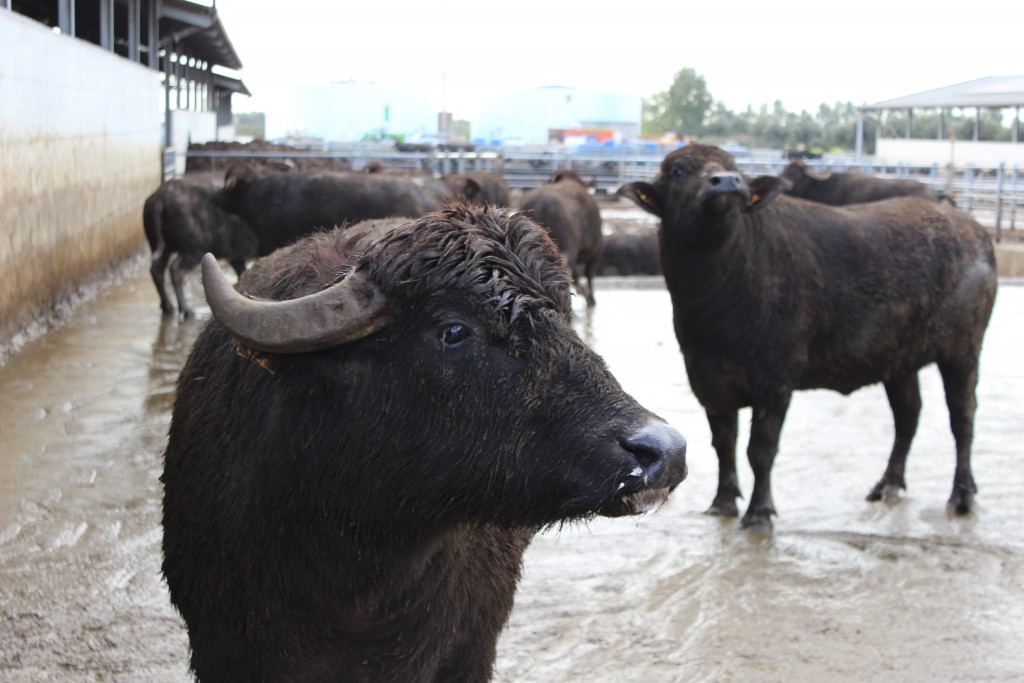
I know all of this because I visited both the Garofalo factory in Capua and its nearby farm last November. I was part of a delegation of Canadian journalists invited by the Italian government to learn about the origins and production methods of DOP (‘Denominazione Origine Protetta’, or ‘PDO/Protected Designation of Origin in its Anglicized version) foods. I was delighted when our van pulled up to the facility and I recognized the logo from the cheese I buy at my local deli, so I was particularly attentive when we were brought through every step of the process I describe above by director Mario Garofalo. He explained his family’s business was the largest producer of Bufala Mozzarella di Campana, and went through the four criteria that makes a mozzarella eligible for the DOP:
- It must be made only from milk from Bufala in the approved region which includes Campania and some parts of neighbouring regions Lazio to the north, Molise and Puglia to the east;
- It must be made from 100% milk from Bufalo Medditeraneo Italiano, and no other breed of bovine;
- It must be made with fresh milk within 24 hours of milking; and
- It must have a pure white colour.
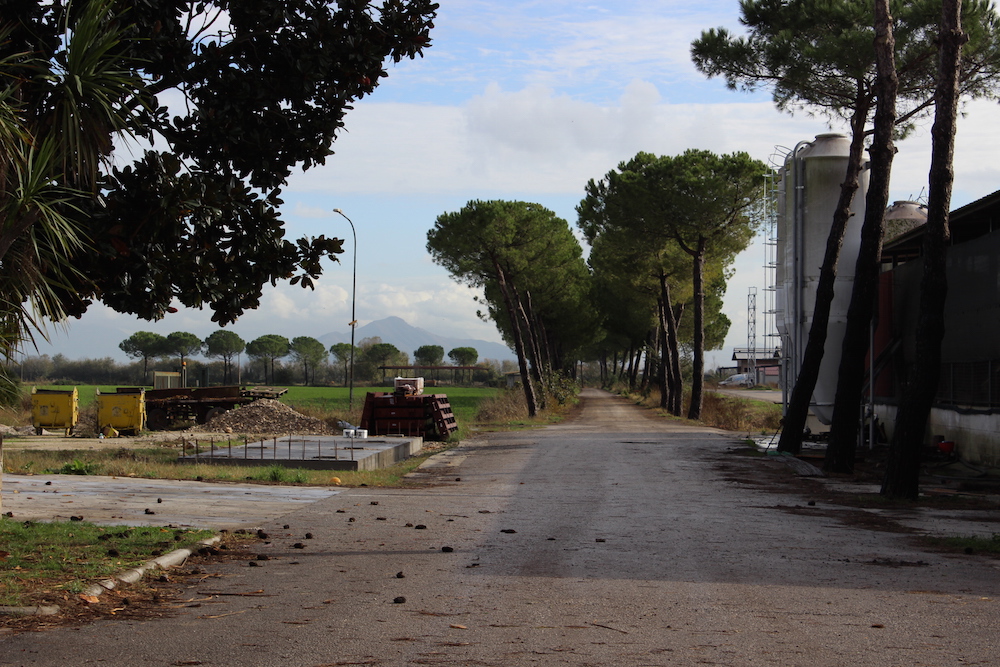
Garofalo, like many of the new generation of Italian food and wine producers, blend new technology with old traditions. In this way we can enjoy a ball of their mozzarella just one day later than a denizen of Rome, and it will taste purely of milk (and grass or hay, depending on the time of year). At their farm, the animals are well spaced and free to roam… or enjoy the “swimming pool” they like to wallow in. Italy is betting on economic growth based on exports from this new breed of small scale manufacturers, and it seems to be a good bet.
 Malcolm Jolley is a founding editor of Good Food Revolution and Executive Director of Good Food Media, the company that publishes it. Follow him on Twitter or Facebook.
Malcolm Jolley is a founding editor of Good Food Revolution and Executive Director of Good Food Media, the company that publishes it. Follow him on Twitter or Facebook.

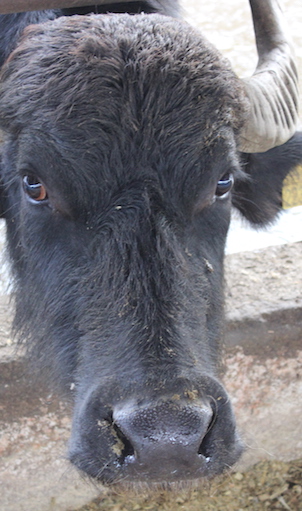
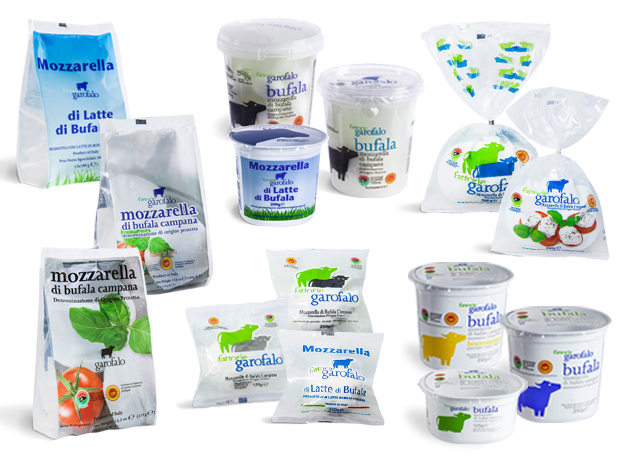

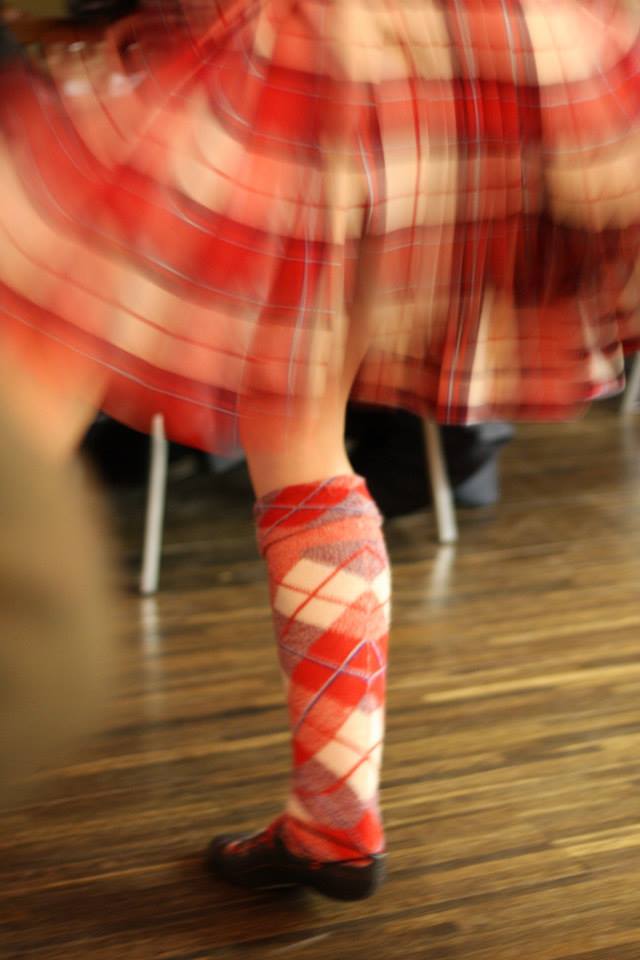

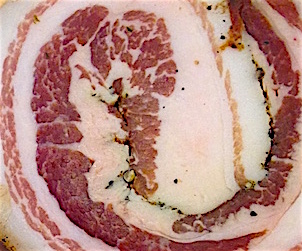
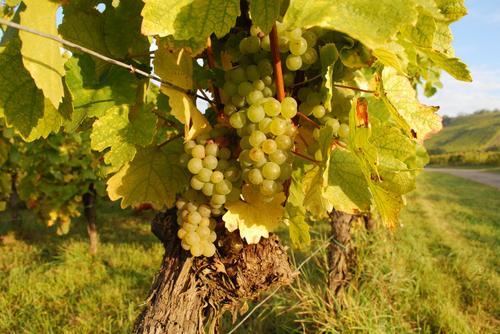

After 24hrs the produce is in serious degradation. At best, the Canadian consumer purchases well past its “best before date”, at a premium price. Enjoy!
the cheese is delicious. Do you use animal or microbial rennet for your mozzarella?a family member is vegetarian.thank you for your attention
Hi Lorraine: we’re just a magazine, so you’ll need to contact Garofalo directly http://www.fattoriegarofalo.it/contatti.php, or maybe its importer to wherever you are? I suspect it’s not vegetarian, as I don’t remember anyone saying anything about that when I visited a few years ago.